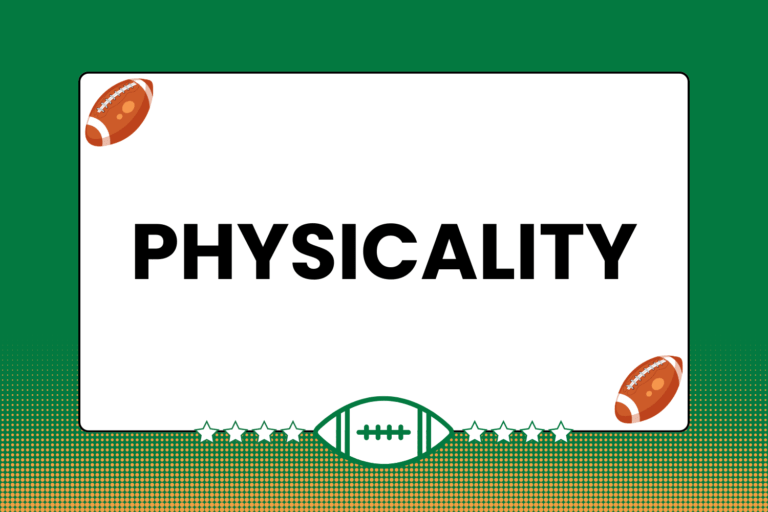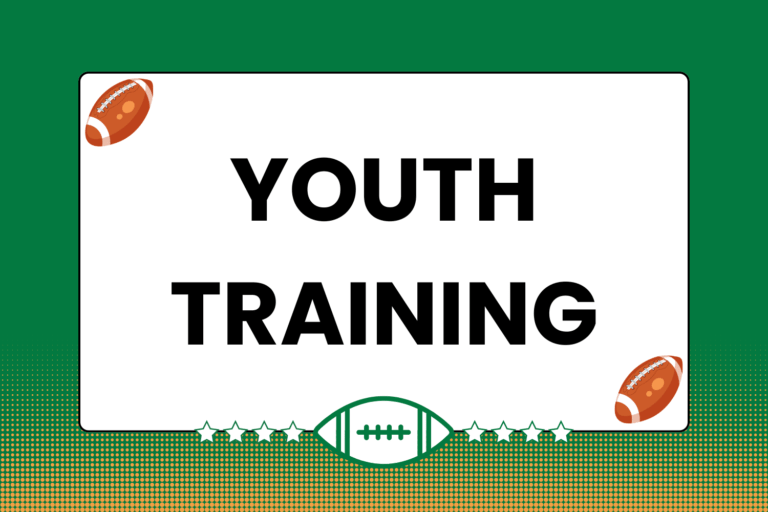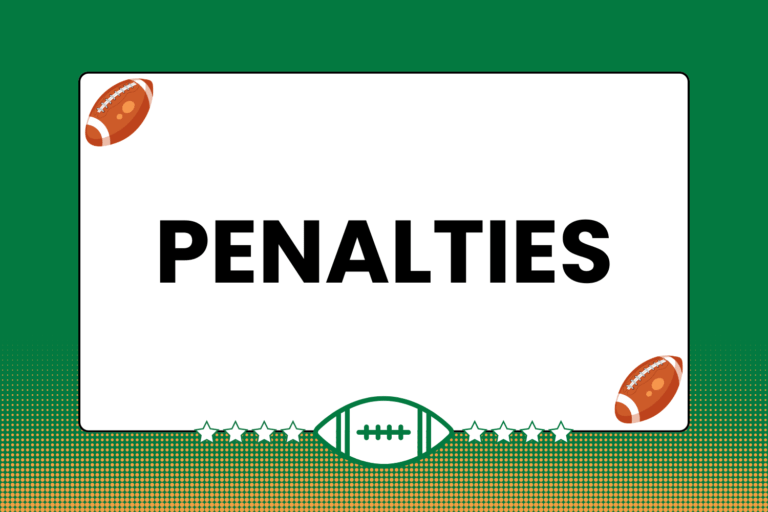As a rugger’s abilities expand and new techniques and skills are introduced to a player’s arsenal, the choices the ball carrier has in deciding how to make a particular play also increase. Regardless of this increase in choices, it all still boils down to the two base options: Keep the ball or give it away. This guide examines some of the different ways to get rid of the ball, both by passing it and kicking it.
Strategic Passing
The offensive team can employ different passing formations that provide ways of attacking the defending team from a variety of angles and locations. Much like the variety of evasive maneuvers at the disposal of the ball carrier are used to keep defenders guessing about which direction the ball is going to move, the different passing formations available can be used to create misdirection on a larger scale. This involves multiple players instead of just one or two.
Again, most of the time only certain players (the backs) will be involved in setting up and executing a passing formation, but all players should know how each formation works and the responsibilities of each player involved in the various formations. The following is a list of common passing formations used during a match. Each item features a basic overview of what happens when a pass is executed in the formation, as well as how the desired misdirection is achieved.
Skip Pass
A Skip pass (or miss pass) can occur with at least three offensive players involved – the ball carrier and (at least) two teammates to one side of the ball carrier. A successful skip pass would occur when the ball carrier passes the ball to the second closest teammate, rather than to the teammate immediately next to the ball carrier.
The skip pass is an easy way to exploit an overload in which there are more offensive players near the ball carrier than there are defensive players. A properly located skip pass could potentially get the ball to a teammate who isn’t covered by a defending player.
Scissor/Switch Pass
A Switch pass (also referred to as a scissor pass) needs only two players involved: The ball carrier, and one teammate.
- The ball carrier and teammate are both running in the same direction, with the teammate close, but still behind the ball carrier.
- The teammate would suddenly change direction and run directly behind and opposite the ball carrier.
- As soon as the teammate gets behind the ball carrier, the ball is passed and the teammate becomes the new ball carrier.
The switch/scissor pass is useful for quickly changing the direction of an attacking effort, as well as quickly getting the ball from one side of the pitch to the other.
Loop Pass
The Loop pass can be considered a variation of the scissor pass, involving the ball carrier and at least one teammate.
- All three players start moving forward. Player 11 starts with the ball, and immediately passes it off to player 12.
- Player 12 moves forward with the ball. As soon as he does, Player 11 turns and runs immediately behind Player 12. Once he’s past Player 12, Player 11 turns back up field.
- As soon as Player 11 turns back up field, Player 12 passes the ball back to him.
- Player 13, who’s been slowly jogging along, now accelerates up field; Player 11 passes the ball off to him on the fly.
This series of moves has Player 11 effectively looping around Player 12, and then timing a pass proper to Player 13 who catches it in stride.
Kicking Away
As beneficial as a well-timed pass can be, occasionally a rugger will be in the position where the best move is to get rid of the ball, but has no teammates to catch a pass. In these situations, the rugger should elect to kick the ball away. While it’s much harder to recover a kicked ball down the field, sometimes possession of the ball is sacrificed to force the other team into playing the ball from deep in their own territory.
Up and Under
To execute an Up and Under, the ball carrier will kick the ball as high as possible while still keeping it in play. This gives the kicker’s teammates an opportunity to run down the pitch and make a play on the ball as it comes down. This is also referred to as the Garryowen, after the Irish rugby club that’s reputed to have invented it. The up-and-under is usually attempted when the kicker can get the ball decently close to the other team’s try line.
The risk comes from the lack of any guarantee that one of the kicker’s teammates will regain possession of the ball, or if an opposing player catches the ball. Should the latter occur, it will likely make several of the kicker’s teammates offsides and give the opposition a path to play the ball down the pitch.
Grubber
The idea behind a Grubber (or grubber kick) is similar to an up-and-under, in that it seeks to kick the ball away and have it be successfully regained by a teammate. Unlike an up-and-under, however, a grubber occurs when the ball is kicked in such a way that it will roll and bounce along the ground. It’s often used if one or more defenders are out of position, but the ball carrier can’t get a pass off to a teammate.
Again, the fact that there’s no guarantee of regaining the ball is an inherent risk, and the nature of a grubber – the fact that it bounces along the ground in a relatively unpredictable manner – makes it even riskier.
Risk vs. Reward
The more advanced a technique – be it with the ball, or while getting rid of the ball – the higher the level of risk. That’s the trade-off with these moves. They don’t always work, but they’re tremendously successful when they do. Much like in any other athletic endeavor, familiarity with and ability to effectively use any technique increases with each attempt. In other words, practice makes perfect.





